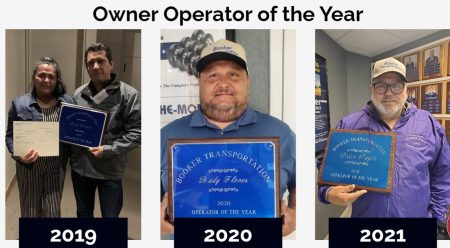Catastrophe (CAT) modeling is a crucial element of an insurance company’s risk management program. Insurers are turning to CAT modeling for effective risk management and underwriting to predict future Catastrophic losses.
With the help of computer technology, CAT modeling enables companies and government agencies to become resilient enough to withstand financial losses caused by man-made or natural catastrophes. CAT modeling ensures that insurance solutions are leveraged to determine pricing and risk management strategies. Thus, they enable effective decision-making to protect the insured property.
For insurers and reinsurers, catastrophic events often trigger bankruptcy. Banks and mortgage lenders bear the brunt of defaults on payments after the property is damaged or destroyed. Effective CAT modeling services and exposure management counters this challenge by informing insurers on how to price coverage, deploy capital, and manage risk aggregation.
What Does CAT Modeling Include?
CAT modeling services and exposure management cover the financial impact of a large number of catastrophes and disasters across geographies. These include all prominent natural hazards such as earthquakes, floods, hurricanes, tornadoes, hailstorms, wildfires, and more. Man-made disasters such as terrorism and emerging man-made risks are also increasingly included in new CAT models.
To devise the best insurance solutions, sophisticated CAT models draw expertise from diverse technical and financial specialists. These include, but are not limited to – mathematicians, engineers, geologists, meteorologists, seismologists, actuaries, scientists, and statisticians. To determine the potential impact of natural and man-made disasters, all experts must together simulate loss and damage scenarios.
CAT Modeling Modules That Determine Risk
Using high-quality data and predictive analysis, CAT modeling services and exposure management estimate the financial impact of catastrophic events. Here are the four modules on which CAT modeling depends:
- Events Module
In this module, a database of thousands of scenarios is created. Historical events are studied to build this database and the potential damages from future catastrophic events are identified. The probabilities of events are then calculated and the actual parameters are studied to simulate what could happen.
- Hazard Module
Also known as the Intensity Module, this module evaluates the risk of a specific hazard to a specific region. Considering the region’s history, terrain, and environment, the level of physical hazard for that region is determined so that insurance solutions can be tailored for that region.
- Vulnerability Module
In this module, the vulnerability of properties and structures to a specific hazard is evaluated. The uniqueness of the local architecture and building codes are considered. It is still uncertain how buildings will respond to hazards. Therefore, the extent of damage is defined as average.
- Financial Module
In this module, the cost of repairing the aforementioned damages is estimated. Physical damage is converted into money, and who will be responsible to bear the specified costs. These results are then leveraged to make important business decisions. Insurers, rating agencies, managers, and brokers license CAT modeling services and exposure management from three proprietary firms – AIR Worldwide, Risk Management Solutions (RMS), and EQECAT.
What Can CAT Modeling Be Used for?
By combining historical disaster information with current demographic, structural, and scientific data, CAT models offer a trusted method to determine the potential cost of catastrophes. CAT models are only as accurate as the data enables them to be. They require accurate data, as well as computing power to process and analyze that data.
Insurance solution providers lean on CAT models for a variety of purposes that include underwriting, pricing, and risk management. But they are not the only ones. The ability to extrapolate information to determine the impact of events of comparable realism is useful to many agencies.
- Companies and business institutions can increase profitability and growth by developing portfolios that balance risks and returns
- Capital market investors and banks refer to CAT modeling services and exposure management to price and structure catastrophe bonds
- Land professionals can pinpoint regions at high risk from hazards and deploy measures to mitigate the impact of events
- Government officials can enhance policies surrounding land usage in vulnerable regions
- Lenders and financial institutions can tailor their lending practices to better suit the vulnerability of regions
- Catastrophe reinsurance costs and policies can be optimized to manage net risks
- Property developers, both residential and commercial, can plan projects that consider the physical risk of catastrophes
Conclusion
CAT modeling services and exposure management does not provide undeniable guarantees. They are tools that must be used in combination with others. These models depend on the quality and integrity of data, so they can be interpreted in different ways. However, they are a significant part of any insurer’s arsenal as they help in effective risk management. Without these models, stakeholders would find themselves helpless and subject to a multitude of natural and man-made disasters.
https://everyonezone.com/read-blog/177315_how-cat-modeling-services-and-exposure-management-save-insurers-from-bankruptcy.html





